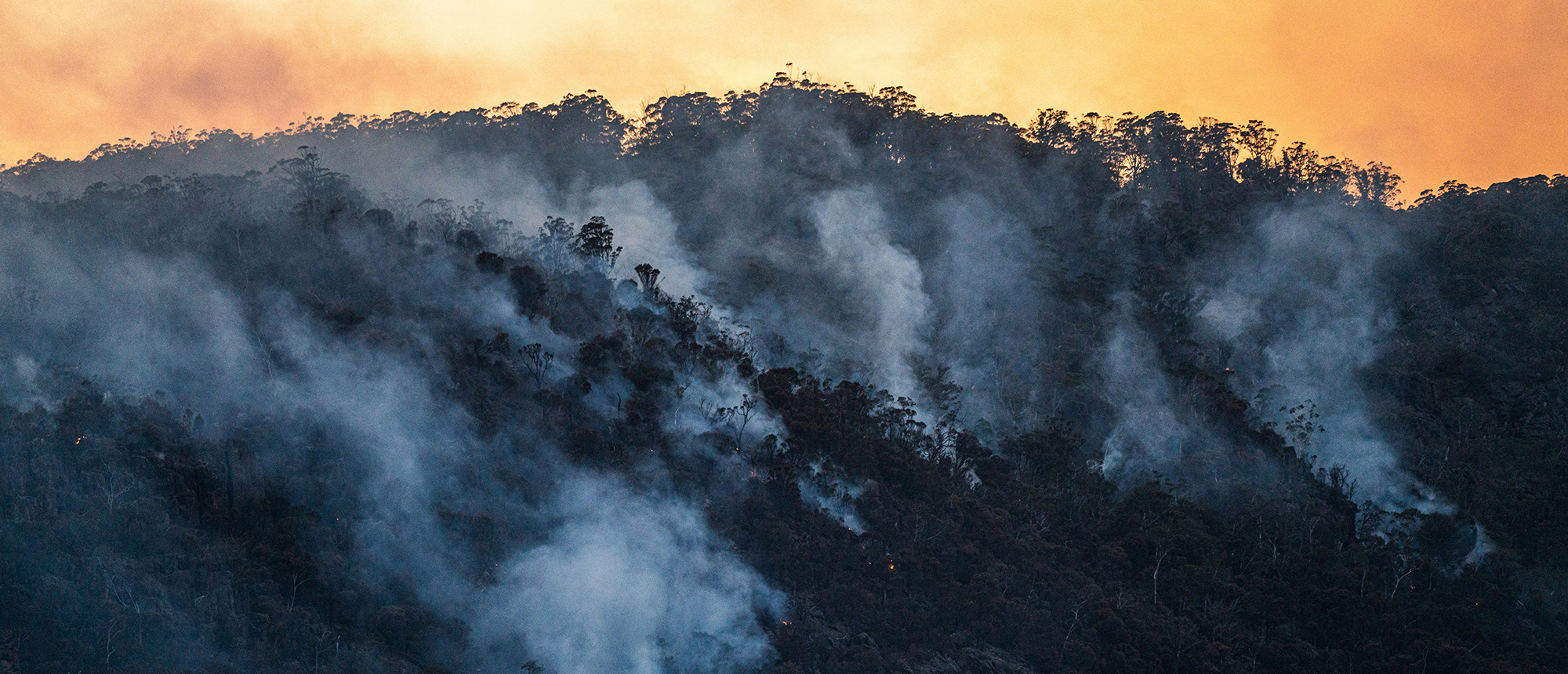
Climate Impact
Impacting Climate
The unique power of Telluride Science is its ability as an independent center to bring together global thought leaders to communicate, collaborate, and innovate to solve societal and planetary grand challenges. Many of our scientists are doing important work in a variety of areas to mitigate the impacts of climate change.
“Interdisciplinary collaboration is critical to finding solutions to our societal challenges. Telluride Science does this better and across a broader spectrum of science and technology than any other organization in the world. Its ability to accelerate the research of every scientist and
engineer who comes to Telluride Science makes it one of the most impactful and scalable investments in science and technology.”
– Vadim Backman, Northwestern University
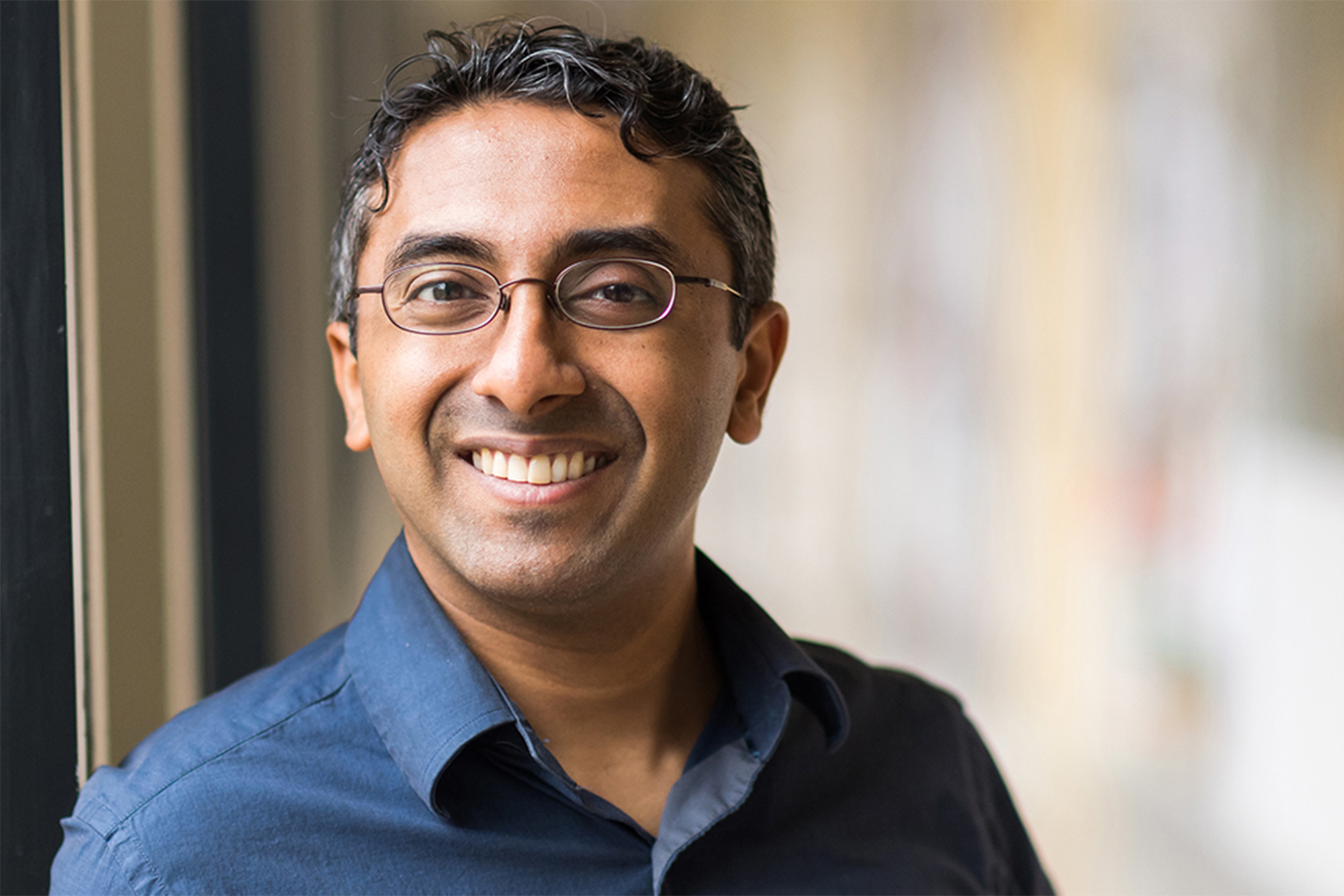
Carbon Sequestration
Yogesh Surendranath, Professor of Chemistry, Collaborator of the MIT Energy Initiative, MIT
As concentrations of carbon dioxide increase in the atmosphere, there are now efforts underway to try to actively remove it. This process is known as carbon dioxide storage or carbon sequestration. In 2013, USGS released the first-ever comprehensive national assessment of geologic carbon dioxide storage potential in sedimentary basins. According to this assessment, the United States could store up to 3,000 metric gigatons of carbon dioxide. Now, the USGS has published a comprehensive review of another type of geologic carbon storage, carbon mineralization (reference USGS). Yogi is optimistic about the progress his lab is making on the ability to catalyze these reactions so large-scale carbon mineralization can occur with limited energy and resource use.
Yogi attends the biennial Telluride Science workshop, Solar Solutions to Environmental Problems.
For the number of people that come to Telluride, the impact is extraordinarily outsized – that's what is so powerful about it. You don't need to convene everyone in the world to have a huge impact on science. You need to give leaders in the scientific community the opportunity to interact and really have deep in-depth conversations about their fields and about grand challenges, and that's what Telluride provides. – Yogesh Surendranath, MIT
Carbon Capture for Industrial Emissions
Susan Rempe, Distinguished Member of the Technical Staff, Sandia National Laboratories
Greenhouse gas (GHG) emissions from industry constitute 23% of global GHG emissions, mainly coming from the burning of fossil fuels for energy, as well as emissions from certain chemical reactions necessary to produce goods from raw materials (reference EPA). Susan is working on developing and commercializing carbon capture technology that uses a catalyst liquid membrane and enzymes to effectively separate CO2 from industrial emissions. The resulting CO2 is very pure and can be repurposed into jet fuel, industrial chemicals, carbonation for beverages, or even used as fuel to power the capture process.
Susan co-organizes Ions in Solution: Biology, Energy, and Environment and also attends Biophysics of Ion Channels and Interfacial Molecular and Electronic Structure and Dynamics.
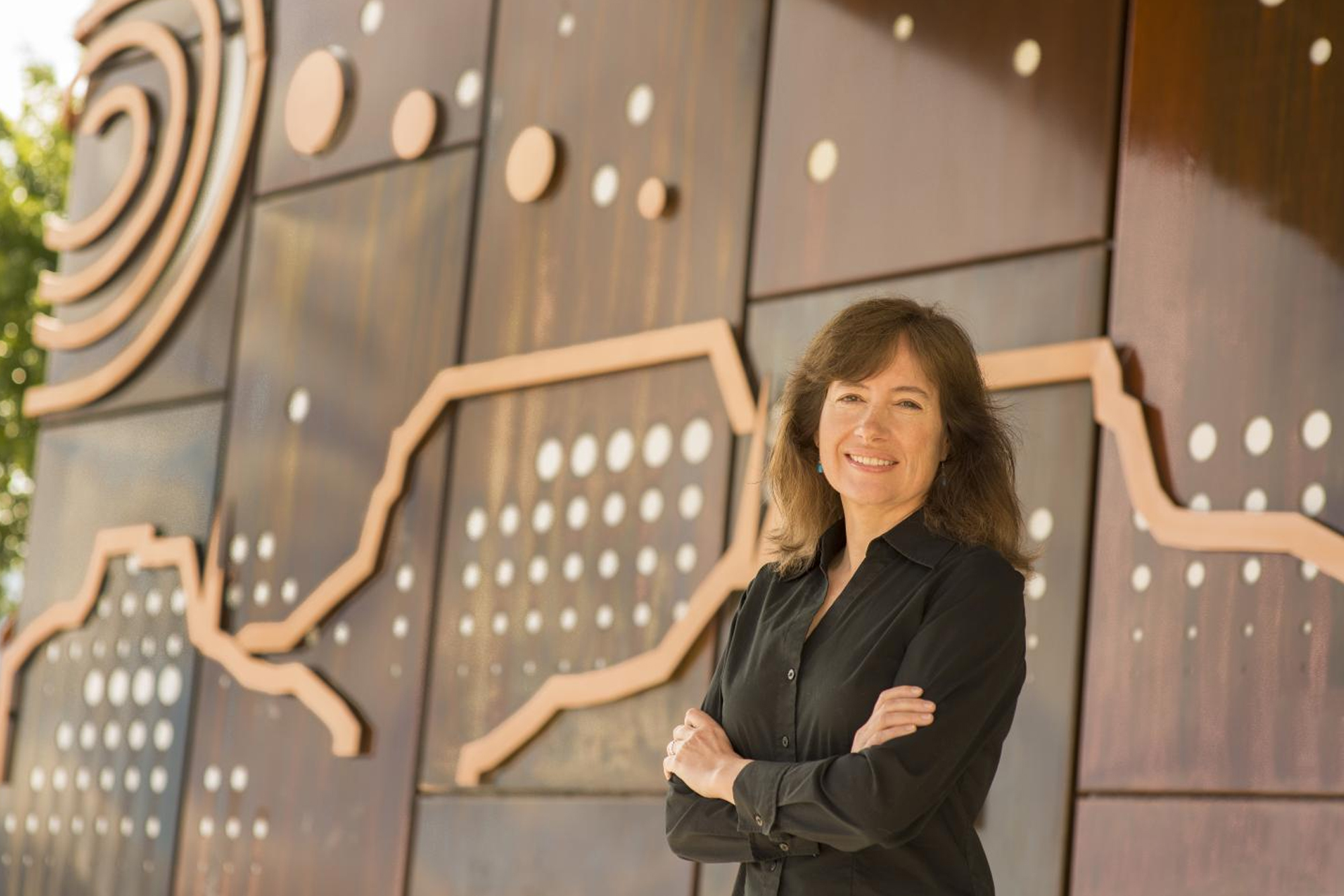
What makes Telluride Science so impactful is a combination of the small meeting size, which creates a safe environment for a real discussion, and the diversity of participants from different disciplines. The diversity of perspectives stimulates new ideas and new approaches that result in solutions to societal challenges. It’s truly unique and extraordinary. – Susan Rempe, Sandia National Laboratories
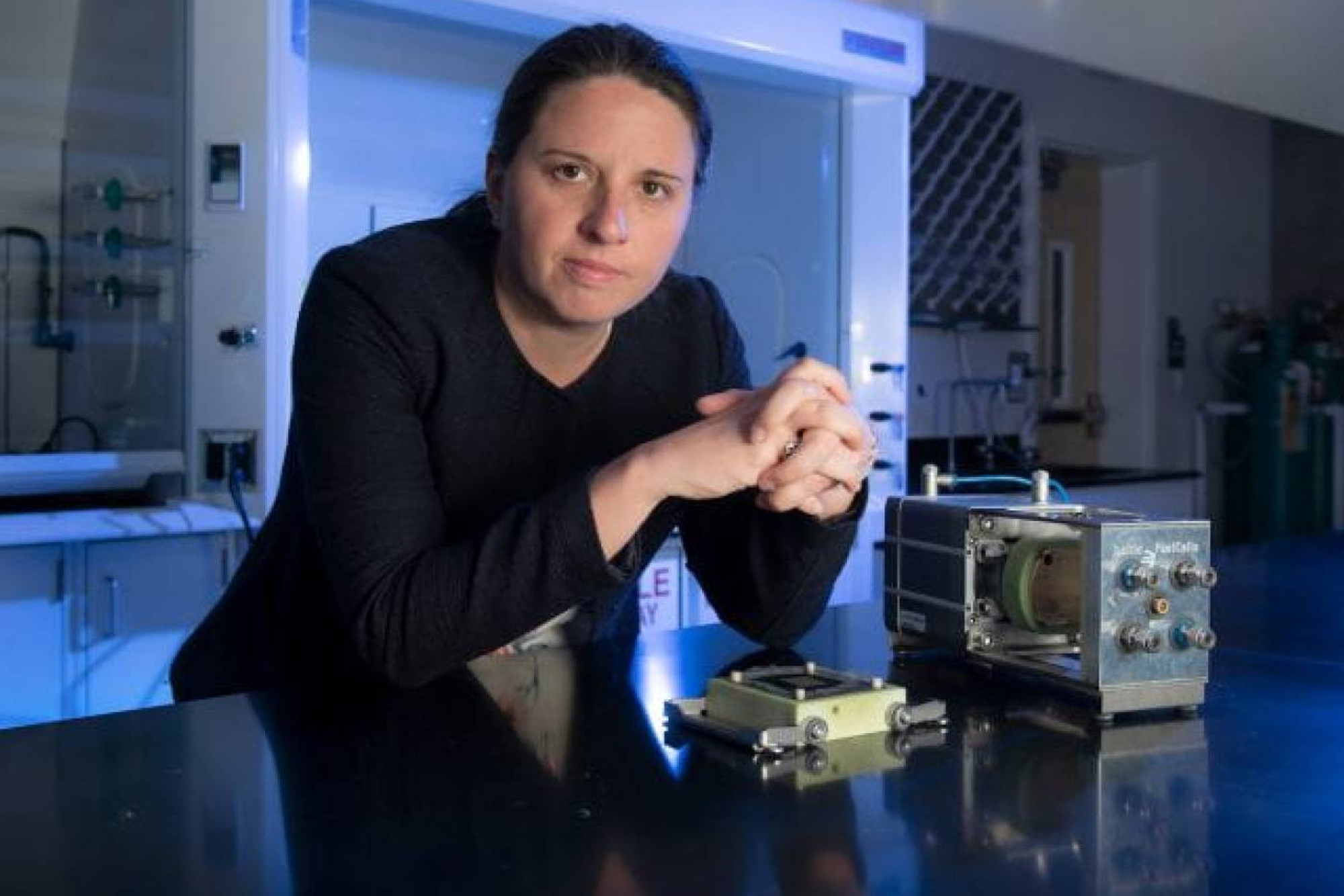
Decarbonization of Cement
Iryna Zenyuk, Associate Professor of Chemical and Biochemical Engineering, University of California, Irvine, and Associate Director of National Fuel Cell Research Center
Portland cement, used in concrete, is the most widely used man-made material. But it is also responsible for 5% of the global energy consumption and 8% of the anthropogenic CO2 emissions. In cement manufacturing, calcium oxide (CaO) is a major precursor to produce Portland cement. It currently is being produced via high-temperature, energy-intensive calcination of calcium carbonate (CaCO3).
Iryna, along with her colleague, Mo Li from UC Irvine, co-founded the Telluride Innovation Workshop, The Decarbonization of Cement. The purpose of this Telluride Innovation workshop is to bring academic, industrial, and national laboratory leaders together to brainstorm pathways to decarbonize the cement industry. The goal is to identify high-risk/high-reward technologies that have promise to reduce carbon intensity and increase the energy efficiency of the cement-making process. This workshop addresses methods that utilize novel electrochemical processes to produce cement precursors, electrified methods to generate heat for cement production or alternative CO2 storage methods.
Iryna has also attended the Telluride Science workshop, Interfacial Chemistry and Charge Transfer for Energy Storage and Conversion.
Plant Resiliency and Climate change
Lucia Strader, Professor of Biology, Duke University
Lucia attends the workshops, Plasticity in Biological Organization and Phase Separation in Biology and Disease, and is presently curating a new Telluride Science workshop on agriculture and climate change. Lucia Strader believes we have an urgent social responsibility to address climate change and knows that plants are an important modulator of the Earth’s climate. Plants are the primary source of food and energy. Lucia’s lab is focused on the influence of the plant hormones, auxin, and the plant’s responsive morphogenesis in the context of changing environmental factors. Auxin is a critical plant hormone, controlling both cell division and cell expansion and thereby orchestrating many developmental events and environmental responses.
Lucia also believes that open communication and collaboration are critical to innovating new solutions. “Pressing issues cannot be accomplished effectively by individual labs or individual disciplines,” says Lucia. She is determined to bring together and collaborate with scientists and farmers who are concerned about the impact of climate change on agriculture.
Lucia attends the workshops, Plasticity in Biological Organization and Phase Separation in Biology and Disease, and is presently curating a new Telluride Science workshop on agriculture and climate change.
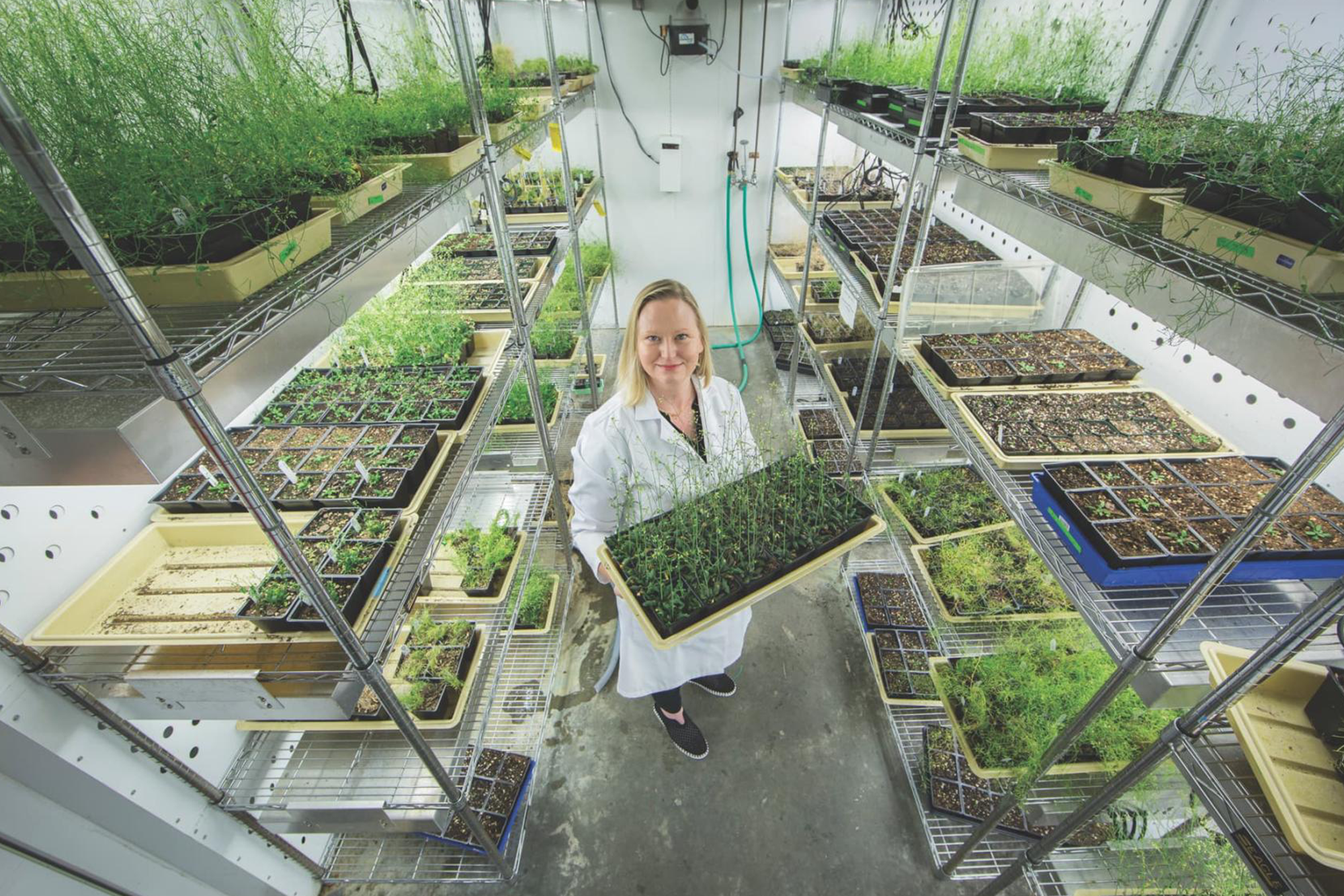
If we are going to effectively solve challenges like climate change, we need help from an organization like Telluride Science to stimulate the dialogue and collaboration among scientists and engineers who are not yet communicating and sharing ideas and knowledge. – Lucia Strader, Duke University
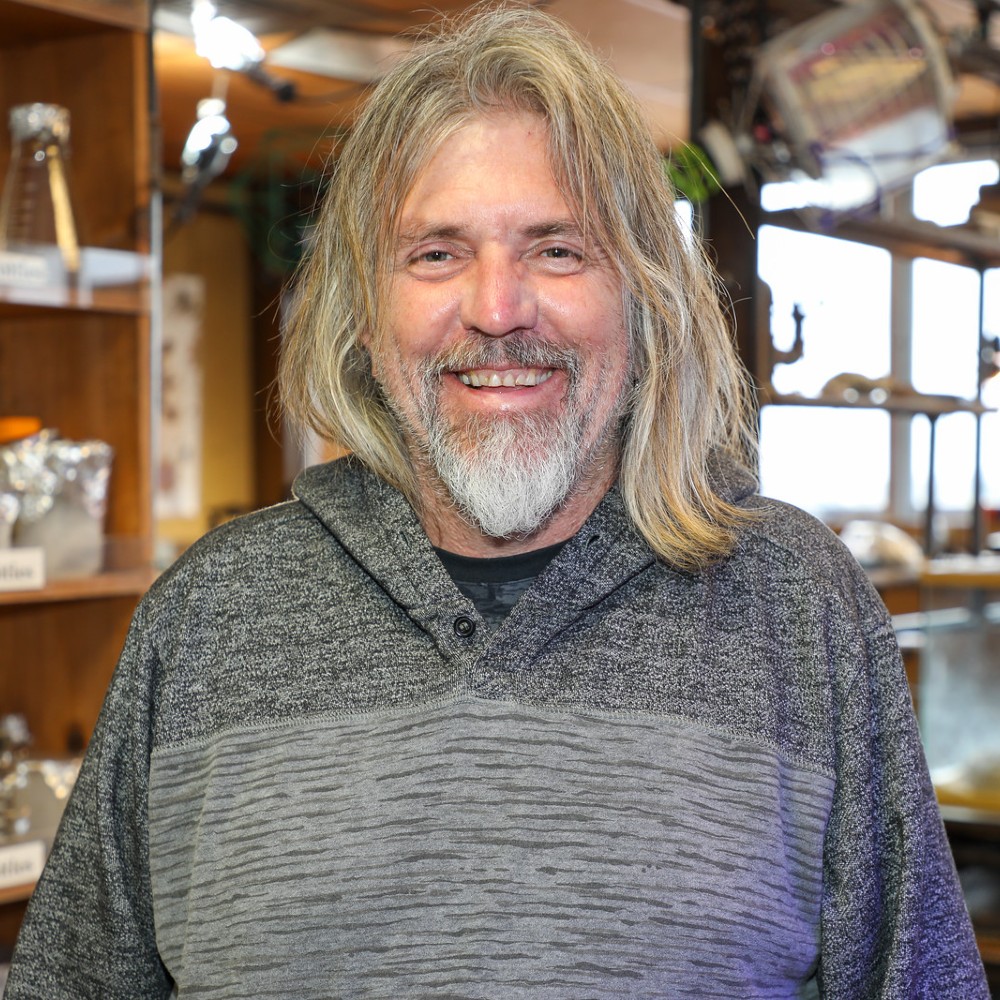
Coral Reef Regeneration
Forest Rohwer, Professor of Biology, Coastal Marine Institute, San Diego State University
Coral reefs are one of the most important ecosystems in the world. They support over a quarter of all known marine species, protect coastlines during storms, help local economies through fisheries and tourism, and even provide complex biological insights on treating human disease. Data from NASA and other institutions show that the global decline in coral reefs is mainly driven by climate change and other human actions, including pollution.
Forest, a marine microbial ecologist, sees a coral reef as a finely tuned community in which the microbes and viruses are major players. Using microbial ecology and thermogenic insights gained at Telluride Science, Forest’s group has been designing structures (“Arks”) and testing more than 500 different materials to promote the rebuilding of coral reefs. Three years of deployments are showing that the Arks are creating large fisheries and promoting coral health. Over the next year the team will be deploying two Arks in Puerto Rico and using them to build a mini reef as the first test of floating Ark to reef.
Forest co-organizes Calorimetry and Microbial Ecology and also attends Optimizing Thermodynamic Systems and Cystic Fibrosis: Ecology, Evolution, and Eradication.
The Telluride Science & Innovation Center is essential to developing the theory for coral reef restoration. Getting modelers together with experimentalists is the only way to make progress on these complex problems. – Forest Rohwer, San Diego State University
Battery Innovation for Grid Storage
Shirley Meng, Professor of Molecular Engineering, University of Chicago & Chief Scientist for Argonne Collaborative Center for Energy Storage Science, Argonne National Laboratory
Shirley is focused on helping the US transition to a resilient electrical grid with terawatt-scale energy storage for deep renewable energy penetration that can be economically viable to deploy. Shirley also made a major breakthrough in battery technology by building a solid-state battery with an anode made out of silicon, a material with 10 times the energy density as the graphite anodes used today. (reference UC Chicago News.)
Shirley attends the biennial Telluride Science workshop on Interfacial Chemistry and Charge Transfer for Energy Storage and Conversion. She is also the co-founder of the upcoming Telluride Innovation workshop series, Grid of the Future: Energy Storage on the Future Grid.
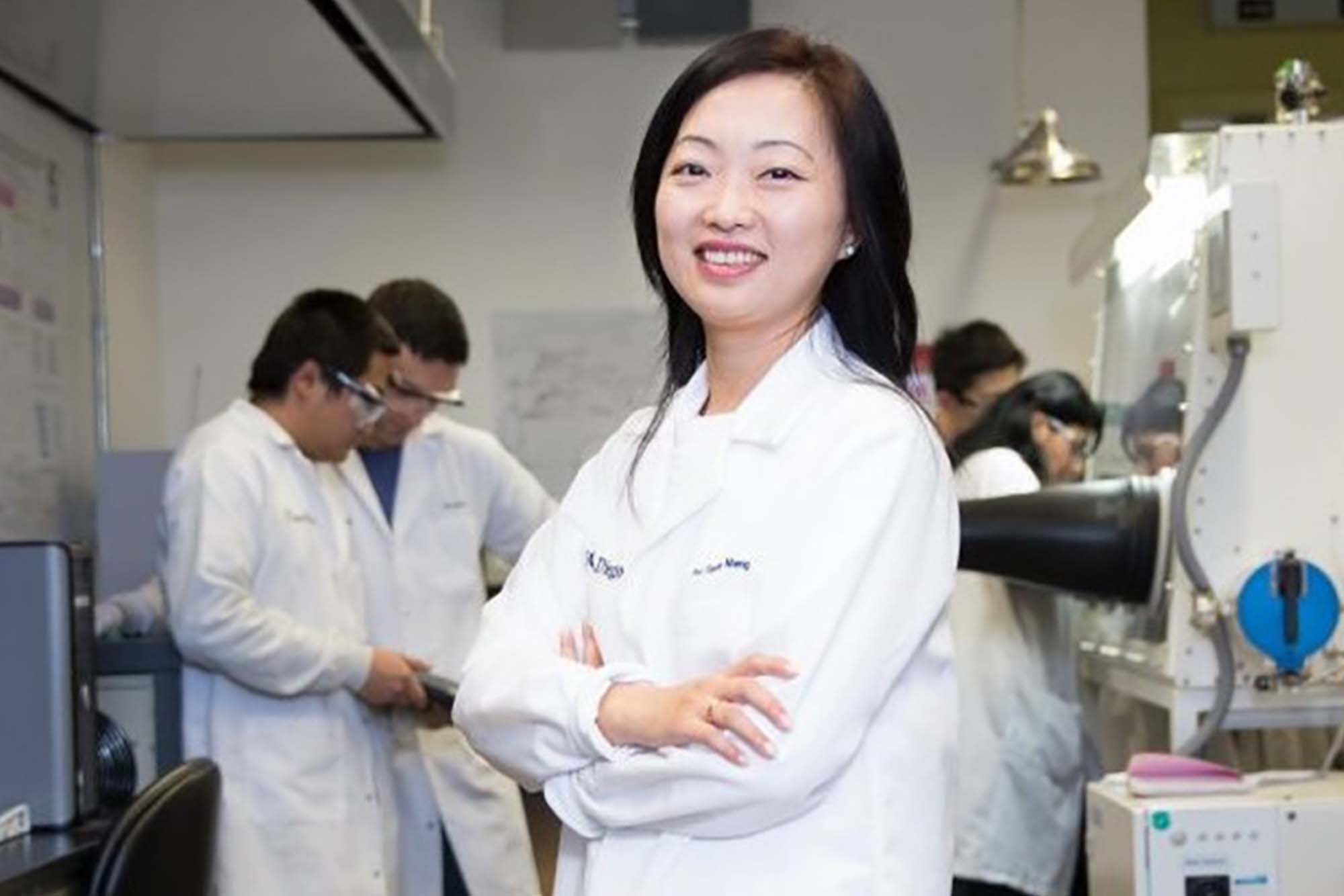
Telluride is an inspiring place and has always spurred innovation. The landscape has changed dramatically from the mining industry with the creation of the first AC power plant in Telluride. Now, thanks to Telluride Science, it is where breakthrough science happens. These innovations started more than 100 years ago and continue today. – Shirley Meng, University of Chicago & Argonne National Laboratory.
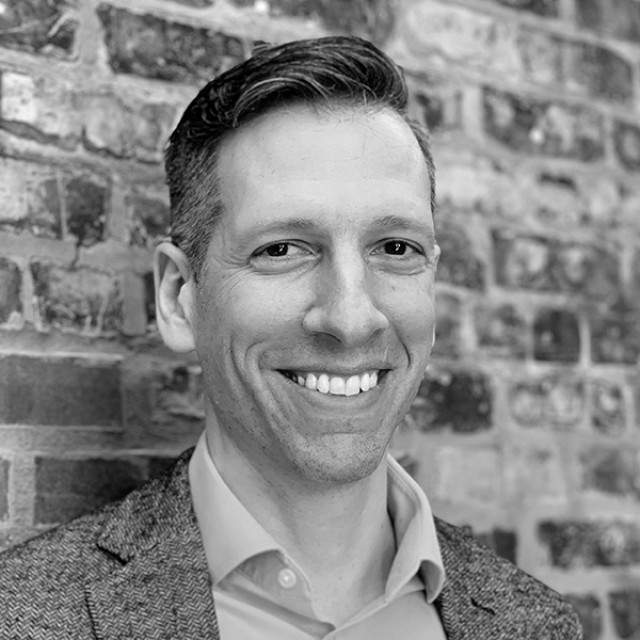
Water
Seth Darling, Chief Science & Technology Officer Argonne National Laboratory, Advanced Energy Technologies Directorate, Director Advanced Material for Energy-Water Systems (AMEWS) Center Fellow, University of Chicago
Water and climate change are inextricably connected. Only 0.5% of water on Earth is usable and available as freshwater and climate change is dangerously affecting that supply. Over the past twenty years, terrestrial water storage, including soil moisture, snow, and ice, has dropped at a rate of 1 cm per year. This has major consequences on water security. Water quality is also affected by climate change, as higher water temperatures and more frequent floods and droughts exacerbate many forms of water pollution (reference United Nations).
Seth’s current work is focused on extracting valuable and strategically important resources from wastewater. Many of these materials will be essential to realize the clean energy transition in the coming years. As part of a National Science Foundation (NSF) initiative for the Great Lakes water- shed, the ability to extract waste in water could soon generate new clean energy development, job creation, and economic growth across the large watershed. The initiative will fund ($160M over 10 years) efforts to find new ways to recover clean water, nutrients, and materials for clean energy technologies from wastewater — all while removing dangerous chemicals (reference Argonne National Laboratory)
Seth has also been vocal and passionate about educating the public on the energy costs of water use. His TED talks have been widely viewed. It’s The End Of Water As We Know It, Invisible Water, The Hidden Virtual Water Market, Securing Our Shared Water Future Amidst Climate Disruption. Seth co-founded and attends the biennial Telluride Science workshop, Water: Grand Challenges for Molecular Science and Engineering.
LEARN MORE ABOUT OUR SCIENTISTS DOING WORK TO MITIGATE THE IMPACTS OF CLIMATE CHANGE